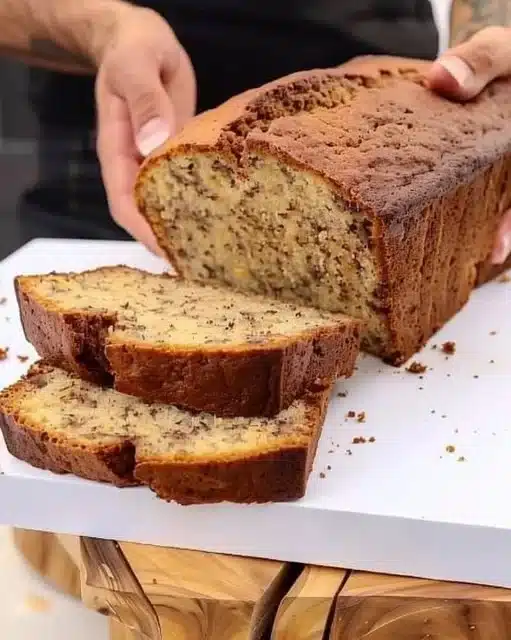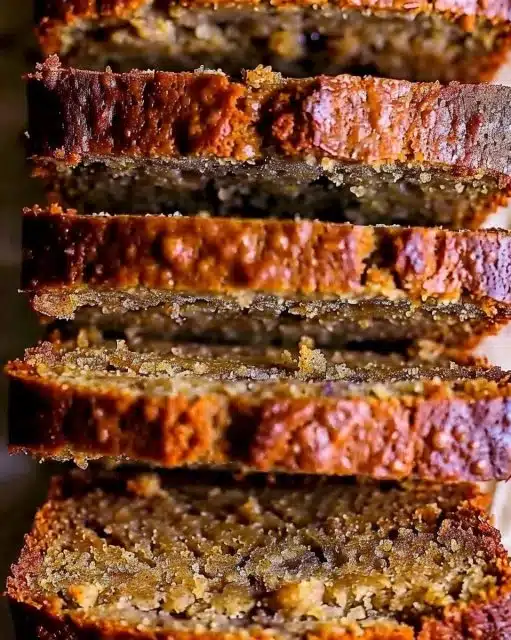Mexican Bread Pudding Recipe – Capirotada
When it comes to nostalgic and heartwarming desserts in Mexican cuisine, nothing compares to Capirotada — the traditional Mexican bread pudding that combines sweet, salty, and spiced flavors in one unforgettable dish. Made with piloncillo syrup, cinnamon, cheese, and stale bolillo rolls, Capirotada is as much a cultural experience as it is a comfort food.
But this isn’t just any dessert — Capirotada carries deep religious symbolism, especially during Lent. It’s a dish with centuries of history, crafted in kitchens across generations of Mexican families.
To understand its origin and significance, it’s helpful to explore the history of Latin American cuisine, which highlights the fusion of indigenous ingredients with Spanish colonial influence — the foundation on which Capirotada was born.
Moreover, this dish is especially revered during Lent for its spiritual symbolism. Each ingredient in traditional Capirotada has a religious association. Learn more about the Catholic tradition behind Lent and capirotada to fully appreciate why this dish is so important during Holy Week.
What is Capirotada?
Capirotada is a Mexican bread pudding traditionally eaten during Lent, especially on Fridays when meat is avoided. It’s made by layering toasted bolillo bread with raisins, cheese, and a spiced piloncillo syrup. The mixture is baked to perfection — warm, gooey, and fragrant.
What makes it special is the contrast of flavors:
-
Sweetness from the syrup
-
Saltiness from the cheese
-
Spice from cinnamon and cloves
Origins and Historical Significance
Capirotada dates back to the 15th century, originating during Spanish colonization. Over time, Mexican cooks blended Spanish techniques with native ingredients. This led to unique versions of the dish, like:
-
Capirotada de leche (with milk)
-
Capirotada con lechera (with sweetened condensed milk)
-
Capirotada michoacana (without coconut)
Families often pass down their own variations, making this dessert a true symbol of culinary heritage.
Symbolism Behind the Ingredients
Every traditional ingredient in Capirotada has religious meaning:
-
Bread – symbolizes the Body of Christ
-
Piloncillo syrup – represents His blood
-
Cloves – signify the nails on the cross
-
Cinnamon sticks – stand for the wooden cross
-
Melted cheese – represents the Holy Shroud
This symbolism explains why Capirotada is popular during Lent, especially among Catholic Mexican families.
Ingredients You’ll Need
Here are the classic ingredients for making authentic capirotada:
-
Stale bolillo rolls (or crusty French bread)
-
Piloncillo (or dark brown sugar as a substitute)
-
Canela (Mexican cinnamon sticks)
-
Whole cloves
-
Shredded cheese (Longhorn cheddar, Colby, or Oaxaca)
-
Raisins (or other dried fruits)
-
Butter (for toasting the bread)
-
Water (to make the syrup)
For those curious, this guide to piloncillo explains why this sweetener is a staple in Mexican desserts.

Ingredient Variations
While tradition is important, modern versions offer flexibility. You can substitute or enhance ingredients with:
-
Different cheeses like queso fresco or Monterey Jack
-
Add-ins like:
-
Coconut flakes
-
Banana slices
-
Prunes or mango chunks
-
Sprinkles
-
-
Nuts like:
-
Pecans
-
Peanuts
-
Almonds
-
Why You’ll Love This Recipe
-
Uses pantry staples and leftover bread
-
Budget-friendly
-
Nostalgic for many Mexican families
-
Easy to prepare and customize
Step-by-Step: How to Make Capirotada
1. Prep the Bread
-
Slice bolillo rolls into ½-inch pieces
-
Butter both sides and toast in the oven (3 minutes per side)
2. Make the Piloncillo Syrup
-
Combine in a pot:
-
3 cups of water
-
2 cinnamon sticks
-
3–4 whole cloves
-
1 cone of piloncillo
-
-
Simmer for 20 minutes until syrupy
-
Strain out cinnamon and cloves
3. Assemble the Layers
In a greased baking dish:
-
Add a layer of toasted bread
-
Sprinkle raisins and cheese
-
Pour 1–1.5 cups of syrup
-
Repeat layers 2 more times
-
Let each layer soak for 15 minutes before adding the next
4. Bake
-
Cover with foil and bake at 350°F for 40 minutes
-
Uncover and bake an additional 10–15 minutes until cheese is golden
Expert Tips for Perfect Capirotada
-
Let the bread soak up the syrup between layers for maximum flavor
-
Don’t overbake — it’s not a custard-based pudding
-
Cool for 10 minutes before serving (hot cheese can burn!)
-
Use a drip tray if your dish is shallow
Serving Suggestions
Serve capirotada:
-
Warm — the best way!
-
With café de olla or atole
-
After a Lenten lunch of chilaquiles, tuna patties, or sopa de pescado
-
As a dessert after spaghetti verde or ensalada de nopales
Storage and Reheating
-
Refrigerate for up to 5 days
-
Freeze for up to 3 months
-
Reheat in the oven at 350°F or use a microwave
Frequently Asked Questions (FAQs)
What is Capirotada made of?
Traditionally: bread, piloncillo syrup, cinnamon, cloves, cheese, raisins, and butter.
Does Capirotada have coconut?
Not always. Some versions include coconut, but many family recipes, like capirotada michoacana, skip it.
Is Capirotada served hot or cold?
It can be served warm, room temperature, or cold. Most people prefer it warm.
When should I eat Capirotada?
During Lent, especially on Fridays, but it’s great any time of year.
What does Capirotada mean in English?
It loosely translates to “casserole-style” or “layered dish” in Spanish.
How do you pronounce Capirotada?
kah-pee-ro-TAH-dah
Is this the same as “migas”?
No — migas are a savory dish. Capirotada is sweet.
Final Thoughts
Capirotada is more than just Mexican bread pudding — it’s a dish rich in faith, family tradition, and flavor. Whether you follow a family recipe or create your own twist, it’s a timeless treat that brings generations together.







